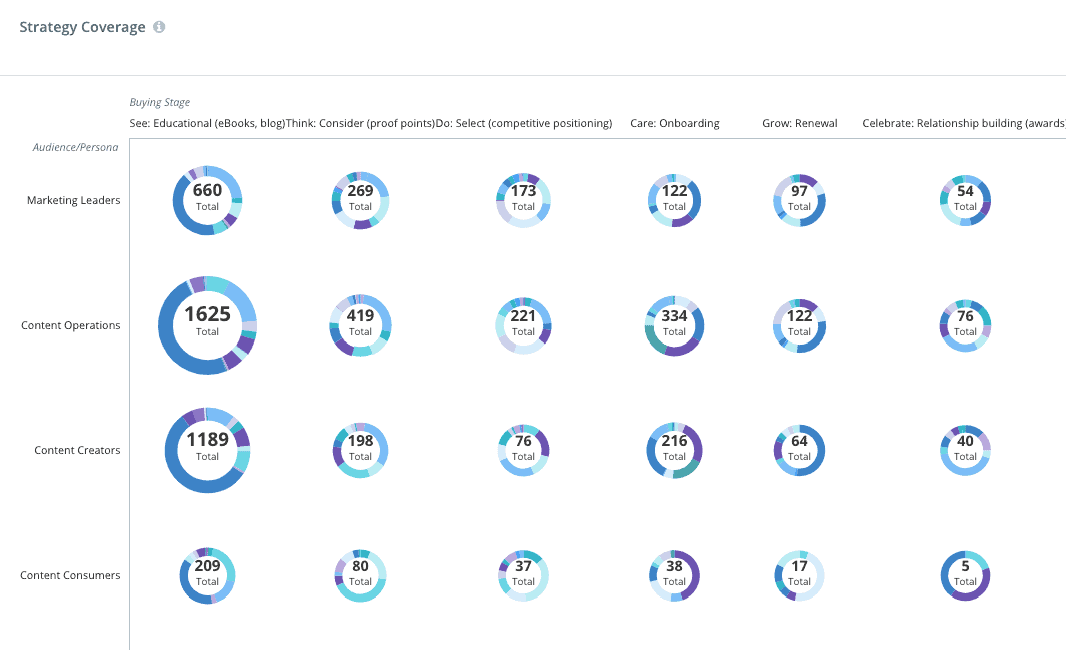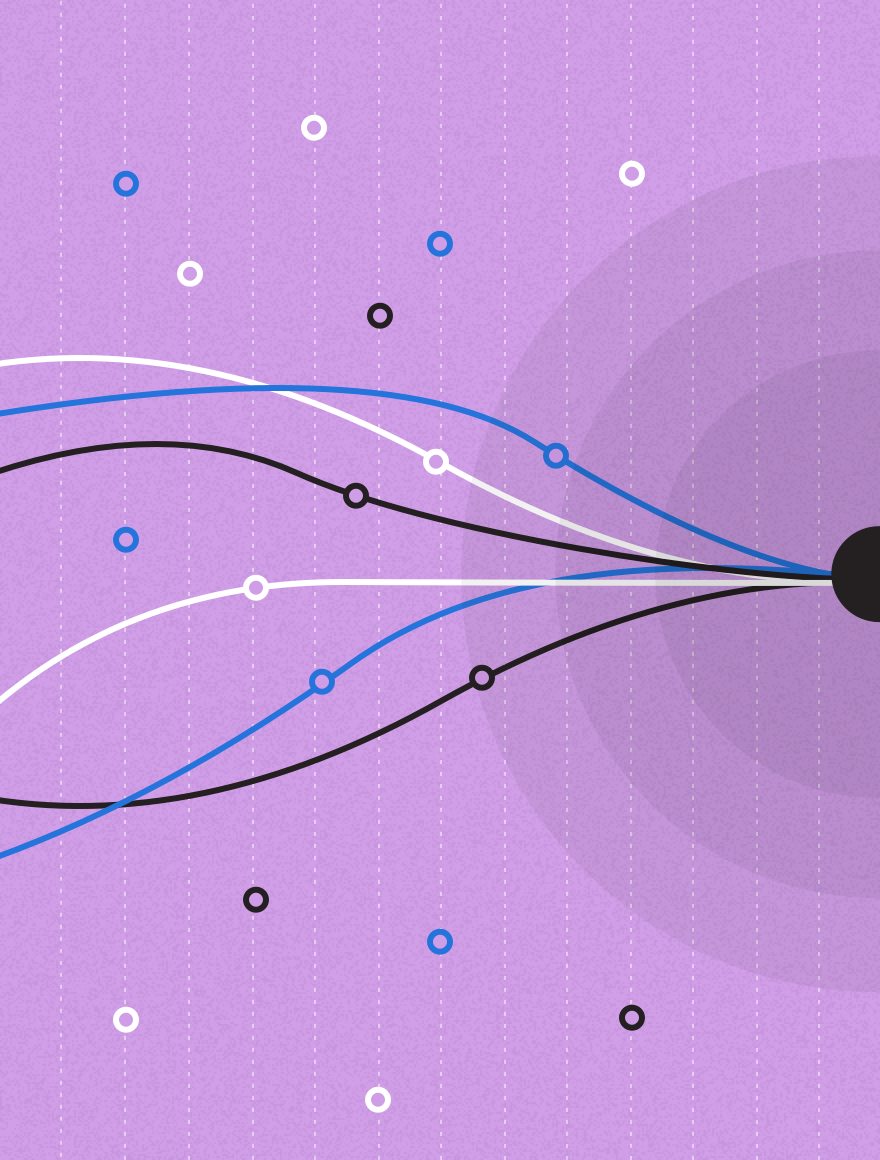It is, without a doubt, the best time to be a marketer. With more tools, channels, and proven strategies to deliver the right content to the right customer at the right time, perfectly crafting a cohesive customer experience has truly become an art form.
But wait. What does it actually mean to build a positive customer experience? It comes down to this: creating content that educates the customer based on their need at that exact moment. The beauty of this kind of content is that it allows customers to self-educate, which is exactly what they want. The buyer’s journey is no longer a salesperson holding the prospect’s hand until closing—content is the new preferred initial contact.
Now, let’s get something straight. It’s not just any content that’s going to move prospects down the funnel. It’s the right content. So how do you go about knowing what content needs to be created to build this idyllic customer journey?
It starts with identifying the key strategic contexts your organization should cover. A strategic context is the intersection of several different attributes of the customer: persona A at buying stage 3 researching product line Z.
How to Effectively Build Content for Strategic Contexts
Since we’ve already established that the answer to a modern buyer’s journey (the topic of the first blog in this series) is giving them the content they need—even if they don’t realize they need it—let’s get into exactly how you can do that.
1. Identify Key Strategic Contexts
Alright, first things first: get your strategy ducks in a row. Hopefully, you already know the key personas that are responsible for buying decisions in your target audience. If not, do the persona work to figure it out.
Establishing key personas will be the first step to identifying which strategic contexts to emphasize with your content coverage. Next will likely be determining the buying stages. Where do customers or prospects need the most education? If your organization is part of a newer wave of products, a vital buying stage is probably awareness. But if your offering is already established in the market and your organization has a ridiculous number of competitors, the think stage is probably going to require more assets to drive prospects to understand your differentiators.
After these two relatively universal contexts, things get a little more nebulous. I’d love to be able to tell you exactly what other contexts you should focus on, but it depends on your exact offering. Here’s a list to get you thinking:
- Product line
- Vertical
- Segment
- Region
- Language
Once you’ve identified the contexts that matter most to your organization, map existing content to those contexts. This will help you get a framework for how well you’ve been blindly creating content and better enable you to wisely create in the future.
Note: for these key contexts to actually matter, content that fits in each of these strategic contexts needs to be tagged as such. More on that in a later blog in this series.
2. Target Content by Key Contexts
Once you’ve delineated exactly what contexts matter the most and where content fits within said contexts, you’ll be able to see what gaps there are. Keep in mind that a matrix view (see below) can be somewhat misleading, as very few organizations truly need even coverage across all buying stages and personas.

It shouldn’t come as a surprise that personalized content performs better. But I’m not just talking about including [FIRST NAME] in the subject line of an email. What truly drives engagement is personalized content, geared towards the contexts like persona, buying stage, etc. So, once you’ve identified your key contexts and any gaps, it’s time to plan initiatives, campaigns, and content to support these contexts.
3. Reuse and Repurpose Content
Depending on your initial coverage, you might be thinking, that’s a lot of content my team needs to create. Don’t get overwhelmed. After all, being an effective marketer means working smarter, not unnecessarily harder. Crucial to any marketing plan is effective content cycling.
Let’s get on the same page about what reusing and repurposing mean:
- Reusing content means taking the high performing assets you already have and simply sending it to a list of new leads that haven’t seen it before. Example: a bridge campaign that sends an awesome asset to all the new leads you’ve gotten that month.
- Repurposing content, on the other hand, is taking an existing asset and tweaking it to either better address the intended context or address a new context altogether. Example: changing the messaging of an eBook originally launched to directors to appeal to managers.
Hopefully, you’re already thinking of ways to better cover your strategic contexts with these smarter ways of creating content. If not, get brainstorming!
Barrier to Success
The ultimate goal of segmenting your content into strategic contexts, of course, is to better your customer’s journey. Better strategic context understanding means more targeted content, which in turn translates to a better customer journey.
In this valiant effort, though, there are a few notable villains: silos, lack of visibility, and wasted content, oh my!
To learn more about these terrors to content success, subscribe to our newsletter and tune in next week to our third installment of the Kapost story.

